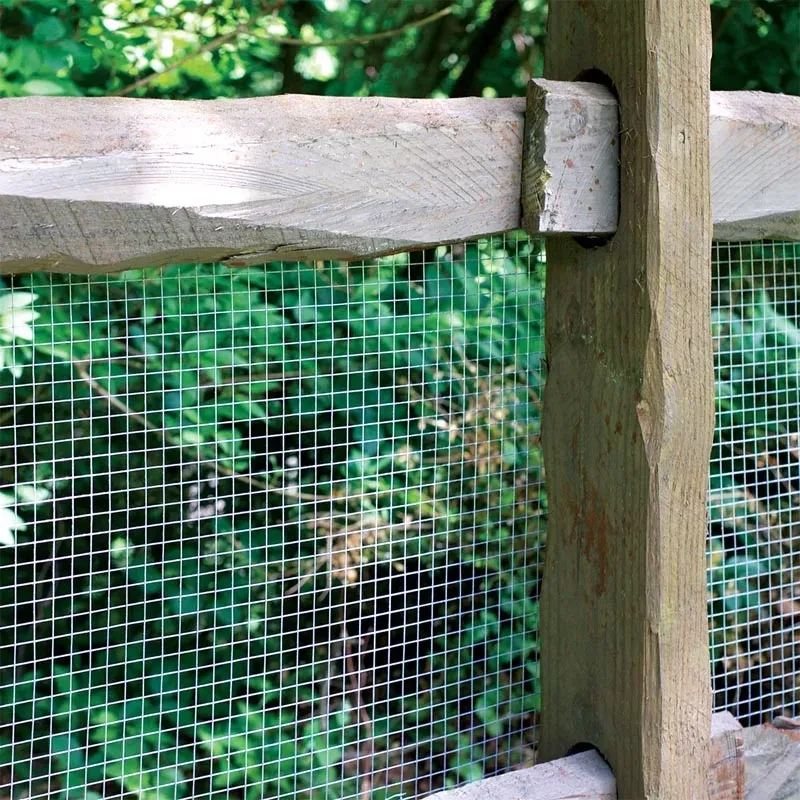clout nails for roofing felt
Nov . 12, 2024 08:17
The Importance of Clout Nails for Roofing Felt A Comprehensive Guide
When it comes to roofing, the materials and methods used play a crucial role in ensuring durability and protecting homes from the elements. One often overlooked yet essential component in the roofing process is the clout nail, especially when installing roofing felt. In this article, we will delve into what clout nails are, their importance in roofing felt applications, and best practices for their use.
What Are Clout Nails?
Clout nails are specialized fasteners with large, flat heads designed specifically for roofing applications. Their flat head provides a broad bearing surface that helps to hold down roofing materials securely without tearing or damaging them. Typically, clout nails are made of galvanized steel to resist rust and corrosion, ensuring a long-lasting hold and performance, especially in outdoor settings.
Why Use Clout Nails for Roofing Felt?
Roofing felt is often used as an underlayment material beneath shingles or tiles as a water-resistant barrier. The use of clout nails in securing roofing felt is critical for several reasons
1. Enhanced Holding Power The large head of clout nails ensures a strong grip on the felt, preventing it from lifting or pulling away from the roof decking. This is crucial for maintaining the integrity of the roof in various weather conditions, especially during strong winds or heavy rainfall.
2. Protecting the Material Due to their design, clout nails reduce the risk of tearing the felt as they penetrate the material. This minimizes the potential for leaks that could arise from poorly installed underlayment.
3. Ease of Installation Clout nails can be easily hand-driven or installed using a nail gun, making the installation of roofing felt a quick and efficient process. Their design allows for straightforward application without the need for specialized equipment.
clout nails for roofing felt

4. Durability As roofing sees constant exposure to diverse weather conditions, the use of galvanized clout nails provides additional durability against rust and deterioration. This longevity is essential for maintaining a watertight seal over time.
Best Practices for Using Clout Nails
To ensure the best results when using clout nails for roofing felt, adhere to the following best practices
- Correct Spacing When installing roofing felt, it’s essential to space clout nails correctly. Nails should usually be placed approximately every 12 inches along the overlapping seams and edges of the felt. Overlapping the seams by 2 to 4 inches will help provide an additional layer of protection against water ingress.
- Avoid Over-Nailing While it may be tempting to use more nails than necessary, over-nailing can lead to unnecessary holes in the felt, which may compromise its effectiveness. Stick to the recommended spacing to achieve a secure installation without damaging the material.
- Use the Right Length Ensure that the clout nails are of adequate length to penetrate the roofing felt and secure into the decking beneath, typically a minimum of 1 inch. This helps to guarantee that the felt remains in place and functions as intended.
- Check for Proper Sealing After installation, it’s good practice to inspect the roofing felt to ensure that there are no gaps or loose sections. Any imperfections should be addressed immediately to prevent future leaks or weather damage.
Conclusion
Clout nails may seem like a minor detail in the vast array of roofing materials, but their importance in securing roofing felt cannot be overstated. They contribute to the longevity and efficiency of the roofing system, helping to protect homes from water damage while ensuring structural integrity. By understanding their function and employing best practices during installation, homeowners and contractors can ensure that their roofs remain robust and weather-resistant for years to come. Investing in quality materials and tools such as clout nails is essential for achieving a successful roofing project.




















